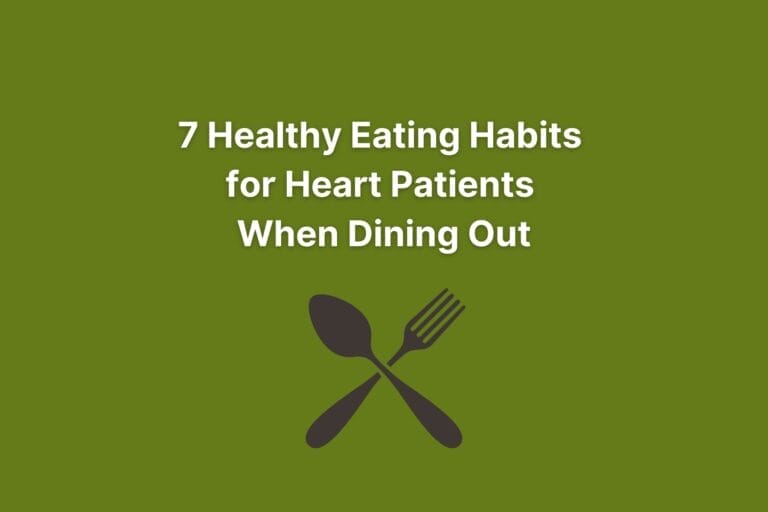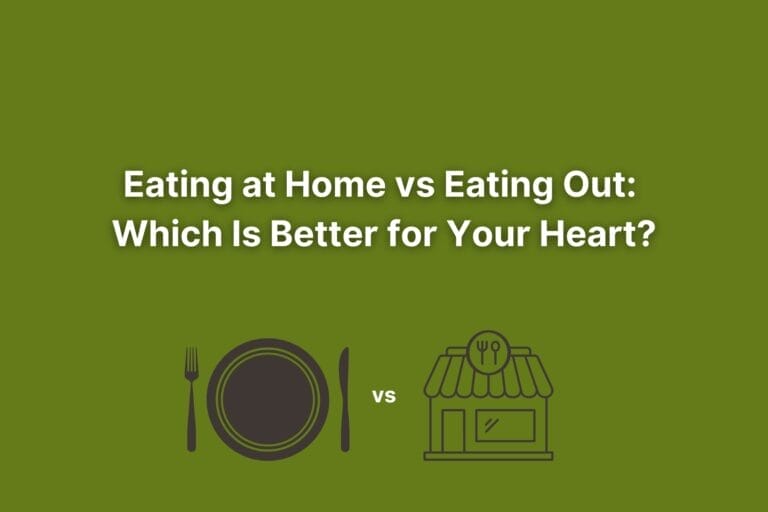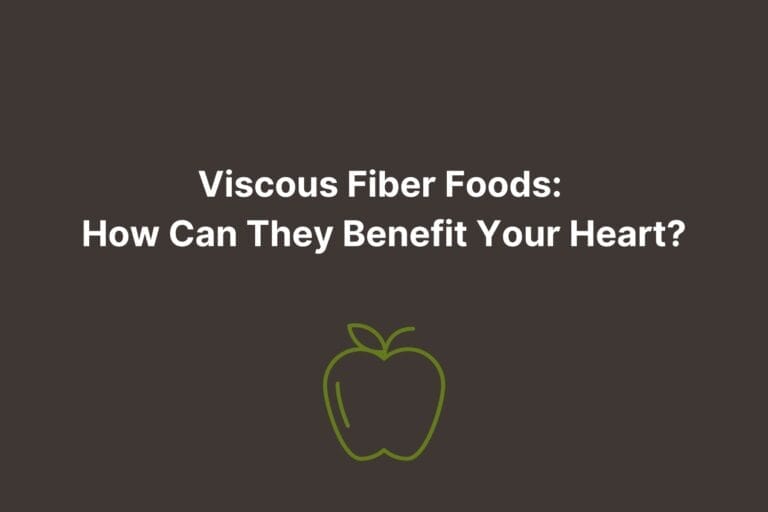Low Sodium Snacks to Benefit Your Heart: A Dietitian’s Favorites
This post may contain affiliate links, which means I’ll receive a commission if you purchase through my links, at no extra cost to you. Please read my full disclosure for more information.
Having seen many heart patients during my 8 years as a dietitian, I would say one of the most frequent diet education topics I discuss is that of the low sodium eating plan. Watching how much sodium you take in is an important part of life for many people.
High blood pressure, kidney disease, heart failure—people with all of these conditions can benefit from reducing sodium intake to help their vascular systems function better. And many of them are already trying to cut down on how much sodium they consume.
But sometimes this can lead to the question, “Can I have snacks on the low sodium diet?” Many patients I’ve seen are afraid to eat snacks because they believe snacks might take them over the recommended daily amount of sodium.
But that doesn’t have to be the case. It is definitely possible to fit snacks into a low sodium diet if a pattern like that is desirable to you. This article is here to provide several dietitian-approved suggestions, which will hopefully give you the confidence to get started.
Quick disclaimer—although I am a registered dietitian nutritionist, your reading of this or any articles on this website does not constitute medical nutrition therapy advice nor create a practitioner-client relationship. The information I provide here on this website is for educational and informational purposes only. Please see my full disclaimer for more information.
Why Is a Low Sodium Eating Pattern Important?
As mentioned a few paragraphs above, a low sodium eating pattern is a helpful strategy to use in managing various chronic conditions. We have a good amount of research out there that highlights improvements in people’s blood pressure readings when they manage their sodium intake.
Improved blood pressure readings from following a low sodium eating plan can help to slow down progression toward worsening kidney function. And since our kidneys play a big part in filtering waste out of our bloodstream,1 it’s not just a little bit important to keep them working well!
In my experience at the hospital, I saw plenty of people whose high blood pressure ended up causing damage to their kidneys. Many of those people had been eating a lot of high sodium foods as a regular part of their lives.
In their situations, it was important for them to work on cutting back on their sodium intake to help avoid continued further kidney damage, in addition to following their doctors’ instructions for managing their health.
Blood pressure improvements from following a low sodium diet can also help in reducing your risk for stroke. In my time as a dietitian, I’ve seen plenty of people whose high blood pressure contributed to a stroke.
And strokes can have a big impact on a person’s ability to function each day. While some people didn’t really have noticeable affects from their strokes, other people lost the ability to move their arms and legs and had trouble swallowing. Those people needed quite a bit of therapy to help them move and swallow again.
In addition to blood pressure management, a lower sodium eating pattern can help you avoid fluid retention, especially if you or someone you know has heart failure. While there are some exceptions, I can say that many of my patients with heart failure came to realize that extra sodium intake didn’t exactly help them avoid water weight gain.
I can still remember several extreme situations where patients had gradually gained over 40 pounds of water due to a combination of not always taking medications as prescribed and eating a lot of higher sodium foods. It took hospitalization and a lot of diuretics (water pills) to allow these patients to return to their normal weights.
While I’m not mentioning these things to scare you, I do believe it’s important to know that for some people, a high sodium eating pattern can contribute to some fairly serious problems down the road. That’s why managing sodium intake now is so important to help maintain your health for the future.
To help you tackle the snack part of that equation, let’s get started with some snack ideas!
Snack Examples
The following examples will hopefully give you some ideas to get started. And definitely use your creativity to come up with your own low sodium snacks!
Low Sodium Cheese with Low Sodium Crackers
This is a great option if you’re looking for a balance of protein and carbohydrate. You could try a cheese like Swiss or another lower sodium version you find in the store. Pair it with reduced sodium (whole grain if possible) crackers.
Plain Popcorn with Nutritional Yeast
This is another combination of a whole grain carbohydrate and a protein. Plain popcorn (air popped in your microwave or popcorn popper) is naturally low sodium. Add a hint of your favorite heart-healthy oil and toss with nutritional yeast, which is fairly high in protein and low in sodium for a 2-tablespoon serving.
Fun fact—I’d heard about nutritional yeast quite a few years ago but had never tried it until very recently. I have to say, I’m pleasantly surprised that I enjoyed it so much! Give it a try, and you might enjoy it too!
Low Sodium Tuna Sandwich with Avocado
Mix reduced-sodium tuna with some avocado and serve on reduced-sodium whole grain bread. This is yet another example of a carbohydrate and protein combination, along with a bit of healthy fat.
No Salt Added Cottage Cheese with Fruit
No salt added cottage cheese, although it may take some getting used to, is a great source of protein. Pair it with your favorite fruit, and you have another balanced protein and carbohydrate combination.
Raw, Unsalted Nuts with Dried Fruit
This is a great balanced snack that is low in sodium. Nuts contain both protein and fat, and fruit contains carbohydrate. This combination can help to keep your energy levels more stable.
Use your favorite kind(s) of nuts and your favorite kind(s) of dried fruit and mix together. It’s basically homemade trail mix!
Suggestion: Keep your portion size to about 1/4 cup of the mixture to avoid overdoing it in energy intake, as both nuts and dried fruit are more concentrated sources of energy.
Greek Yogurt with Lower Sugar Granola
This is another enjoyable combination of protein and carbs. Greek yogurt usually has more protein than regular yogurt, and granola will often have a few grams of fiber. Protein and fiber can help to fill you up—what a great benefit from this snack!
Fruit with Nut Butter
Feel free to find a combination that works for you. A typical pairing is an apple with peanut butter, but there are definitely other options out there. Some people may like a banana and peanut butter, or a pear with almond butter.
Whichever type of fruit and nut butter you choose, you’ll be adding fiber, protein, and healthy fat to your day.
Raw Vegetables and Hummus
With this one, feel free to pick your favorite raw vegetables and pair with a lower sodium hummus option. Be sure to check the label on the hummus and compare brands as needed to find the lowest sodium kind. Or you can even make your own hummus.
This is a great way to add some extra vegetable servings into your day. And with the hummus, you are also adding in some legumes, which can be a challenge for a lot of us to get in during the day or week.

Don’t Forget to Manage Portion Sizes
It’s important to note that for most people, snacks are usually meant to help keep you full until your next meal. Generally snacks are smaller than a regular meal. Keep this in mind as you decide on portion sizes.
A helpful guide can be the nutrition facts label. For example, some granola packages will state that a “snack sized” portion is 1/3 cup, as opposed to a meal sized portion, which may be closer to 2/3 cup.
For other snacks, check the serving size amount to help you measure out reasonable portions. If you feel that the serving size is too much, it’s okay to serve yourself less.
Conclusion
In this article, hopefully you’ve seen a few low sodium snack combinations that you may want to try. While this is definitely not an exhaustive list of low sodium snack ideas, the goal is to help you eventually become confident to create your own.
If you get stuck, try reading through the low sodium diet shopping list article for more inspiration. As always, thanks for reading!
Sources
- National Institute of Diabetes and Digestive and Kidney Diseases. Your Kidneys and How They Work. Niddk.nih.gov. Updated June 2018. Accessed March 6, 2024. https://www.niddk.nih.gov/health-information/kidney-disease/kidneys-how-they-work.
About the Author







